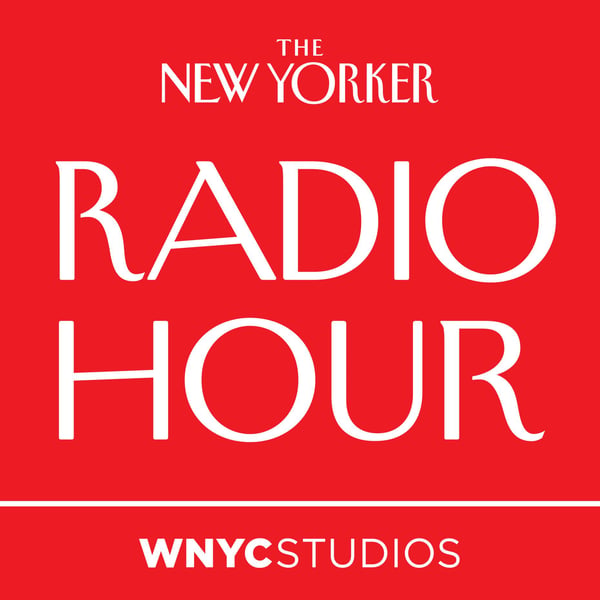The Pandemic at Three: Who Got it Right?
The New Yorker Radio Hour
WNYC Studios and The New Yorker
4.2 • 5.5K Ratings
🗓️ 24 February 2023
⏱️ 19 minutes
🧾️ Download transcript
Summary
As the COVID-19 pandemic approaches its fourth year, we can begin to gain some clarity on which countries, and which U.S. states, had the best outcomes over time. In a conversation with David Remnick, Dhruv Khullar, a contributing writer and a practicing physician in New York, explains some of the key factors. Robust testing was key for public-health authorities to make good decisions, unsurprisingly. What also seems clear from a distance, Khullar says, is that social cohesion was a decisive underlying condition. This helps explain why the United States did poorly in its pandemic response, despite a technologically advanced health-care system. Peer pressure, in other words, trumped mandates. Khullar also speaks to Dr. Rochelle Walensky, the head of the Centers for Disease Control and Prevention, about how misinformation and political polarization inhibit our country’s efforts on public health.
Transcript
Click on a timestamp to play from that location
| 0:00.0 | This is The New Yorker Radio Hour, a co-production of WNYC Studios and The New Yorker. |
| 0:11.5 | Welcome to The New Yorker Radio Hour, I'm David Remnick. |
| 0:15.3 | One week day morning, just about three years ago, our team on The Radio Hour and all of |
| 0:20.6 | The New Yorker staff got an email right as we were heading to work, and it said, turn |
| 0:25.3 | around and go home. |
| 0:28.3 | The lockdown had begun. |
| 0:30.6 | The pandemic reshaped all of our lives, and many did not survive it. |
| 0:35.4 | Well over a million people in the United States have died, around 7 million globally according |
| 0:40.8 | to the World Health Organization. |
| 0:43.7 | The pandemic has eased considerably, but it is by no means over. |
| 0:48.4 | And we have yet to assess the consequences for long-term health, mental health, education, |
| 0:53.6 | politics, so many things. |
| 0:56.0 | Of Coulart began writing for The New Yorker during the pandemic's most terrifying days, |
| 1:01.2 | describing his experiences as a physician in a New York City hospital. |
| 1:05.7 | He spoke recently with senior public health officials, including the head of the CDC, |
| 1:10.9 | about what we know now. |
| 1:14.8 | Drewvitt's almost three years since the pandemic began, and it's time to assess what worked, |
| 1:21.1 | what didn't, who cut it right, who got it wrong. |
| 1:24.6 | So can you tell from here, and now, what country has got the pandemic response right? |
| 1:30.9 | Yeah, I mean, it's a great question, and an incredibly important question. |
| 1:35.3 | And there's a number of caveats, so I think we should have up front. |
| 1:38.5 | One is, we don't have reliable data from every country. |
... |
Please login to see the full transcript.
Disclaimer: The podcast and artwork embedded on this page are from WNYC Studios and The New Yorker, and are the property of its owner and not affiliated with or endorsed by Tapesearch.
Generated transcripts are the property of WNYC Studios and The New Yorker and are distributed freely under the Fair Use doctrine. Transcripts generated by Tapesearch are not guaranteed to be accurate.
Copyright © Tapesearch 2025.

